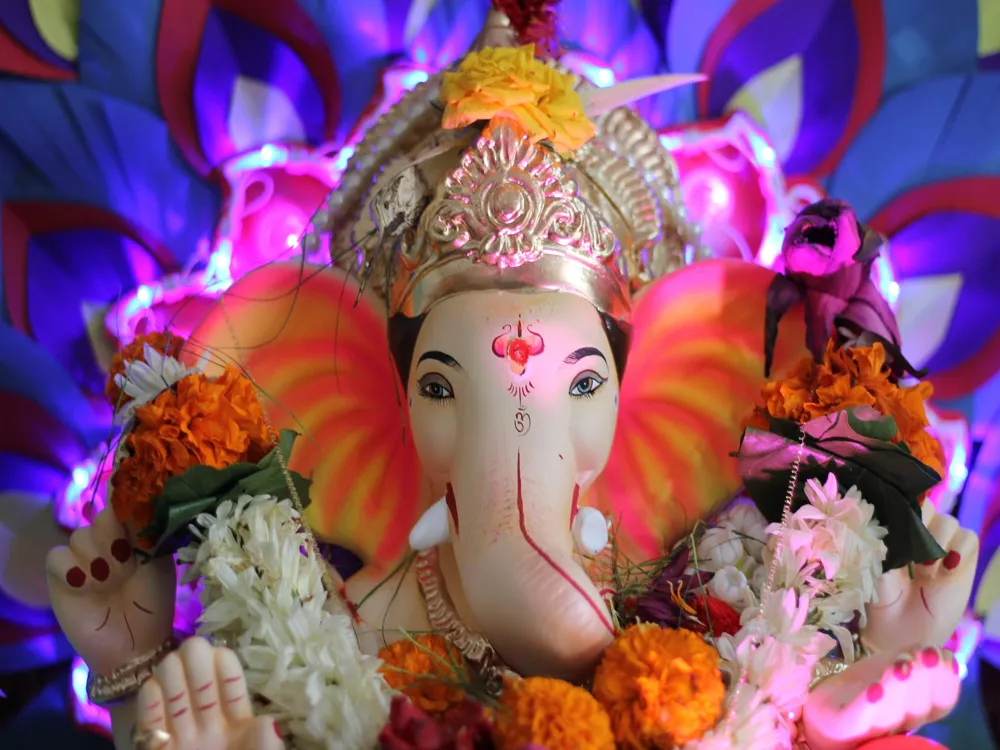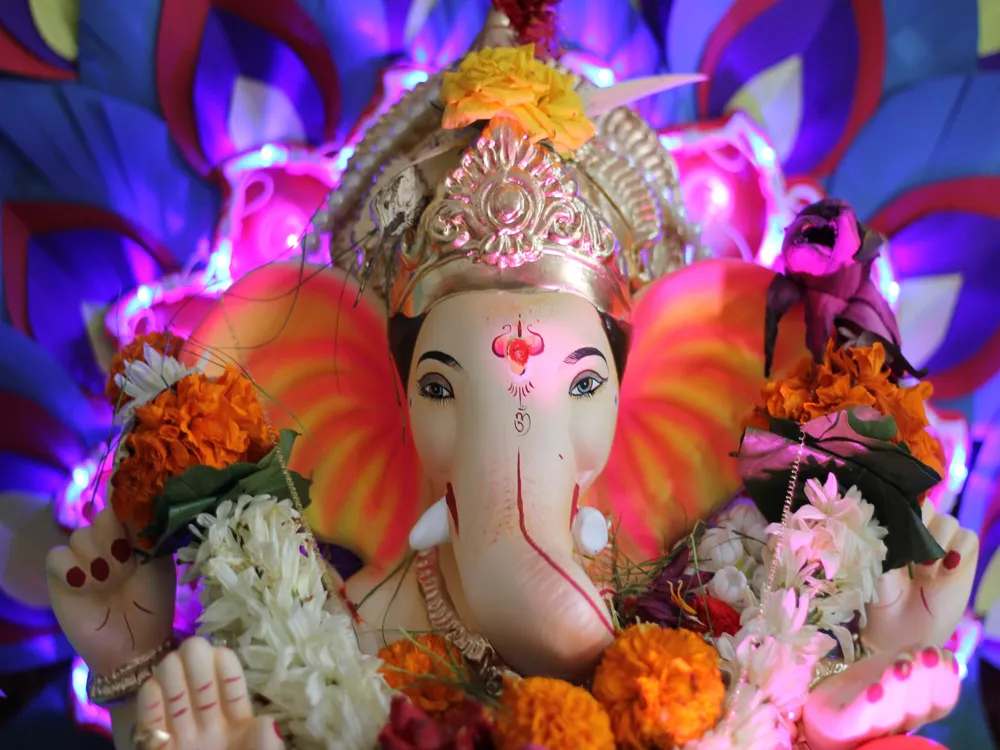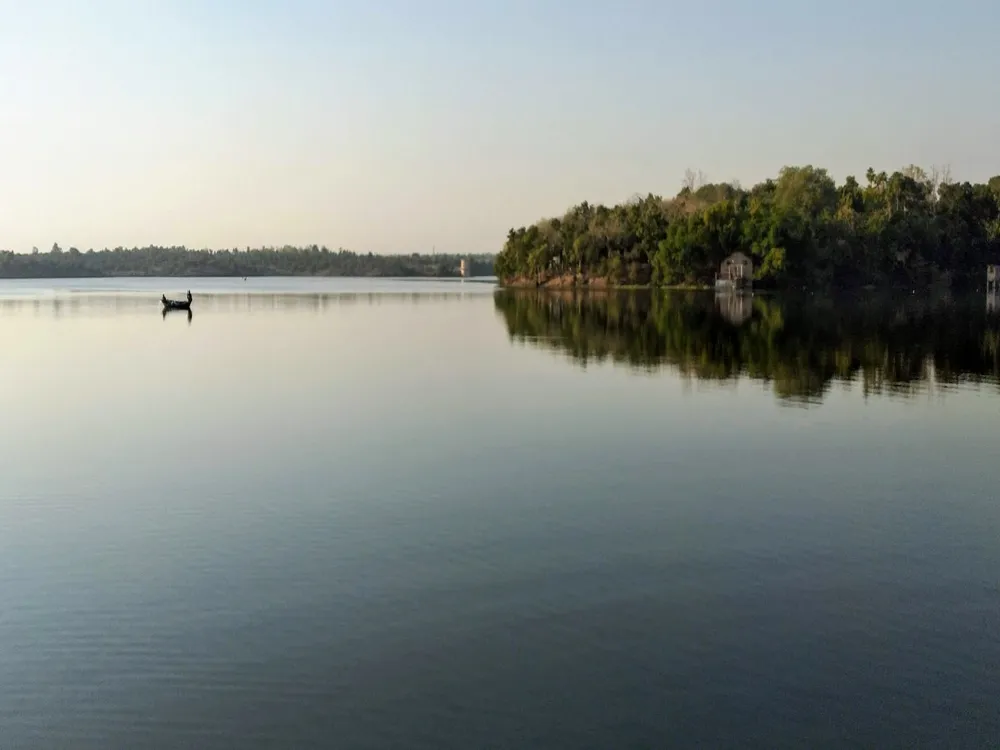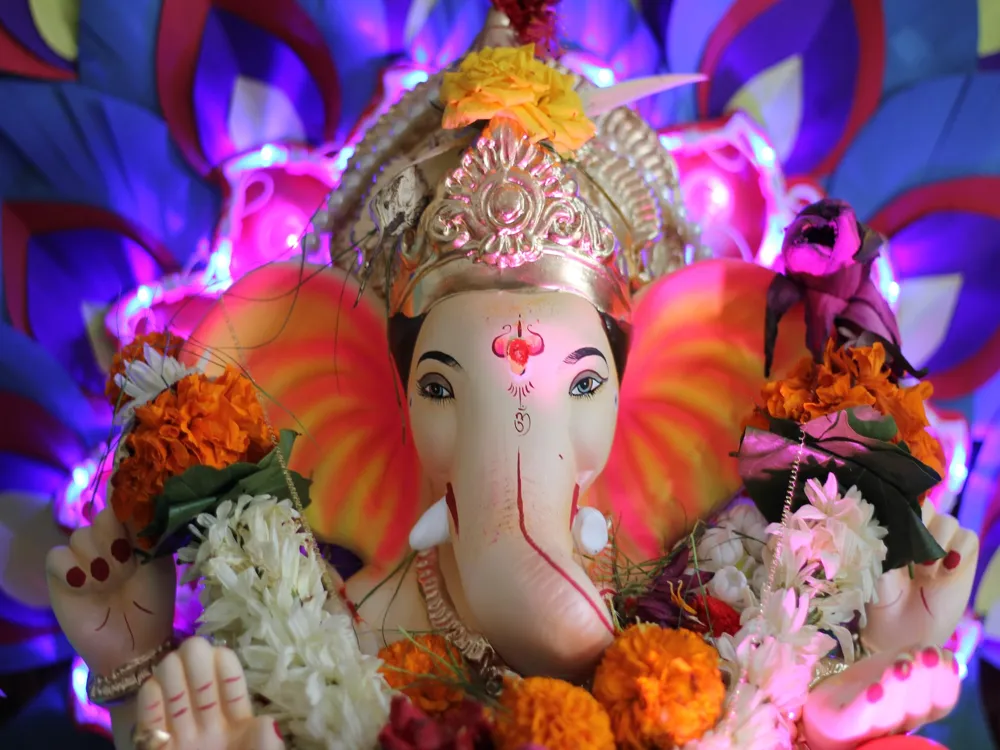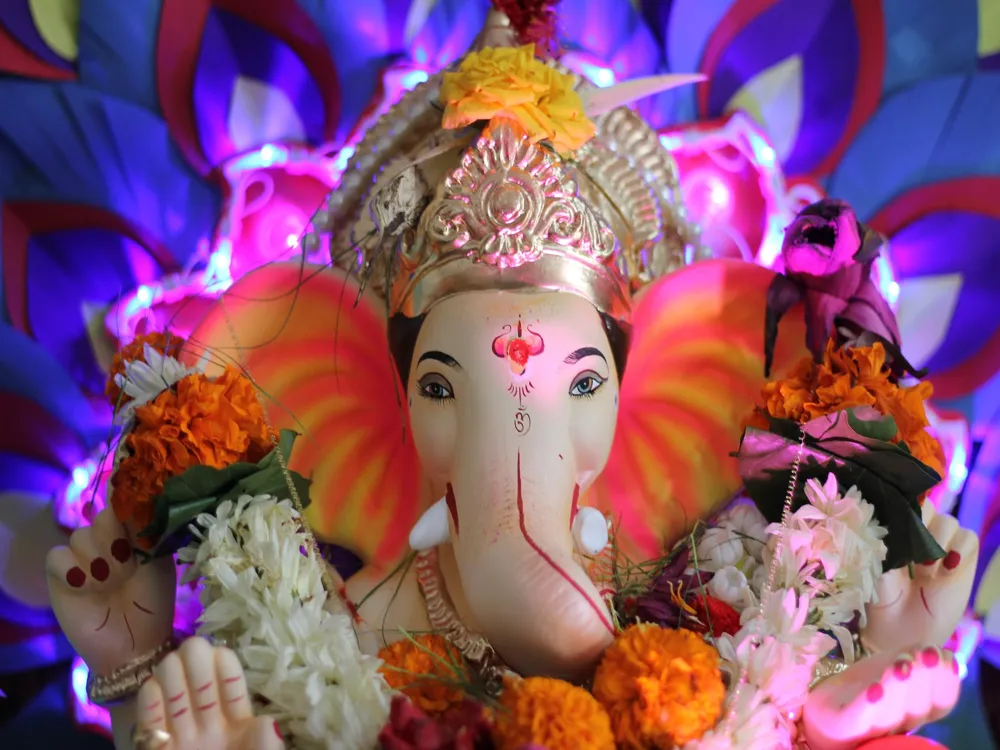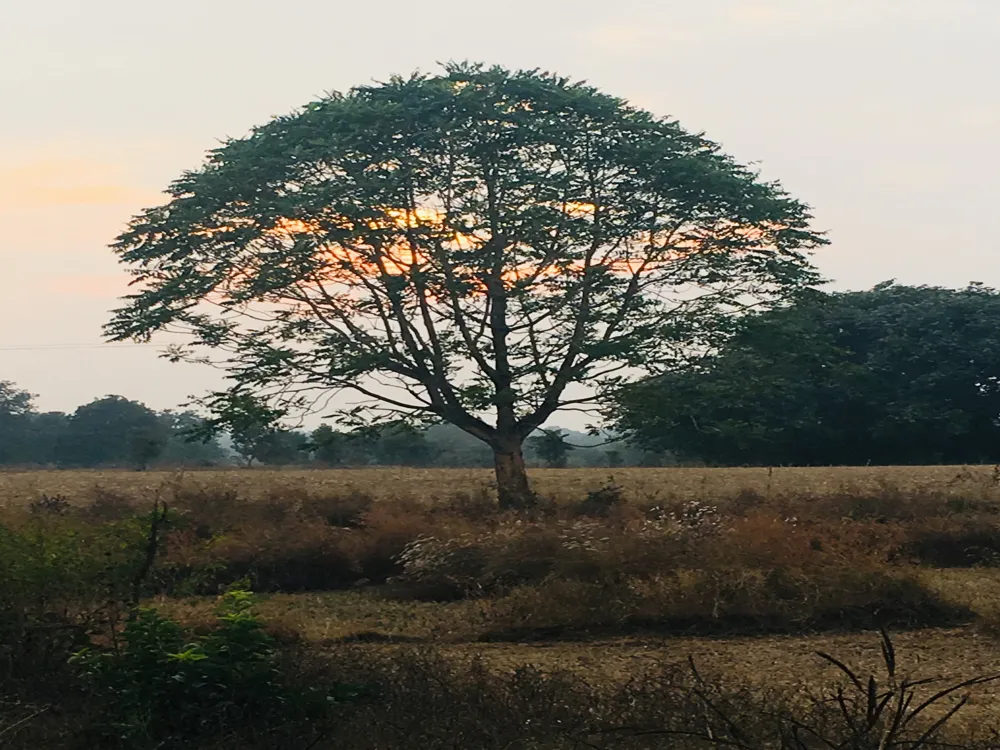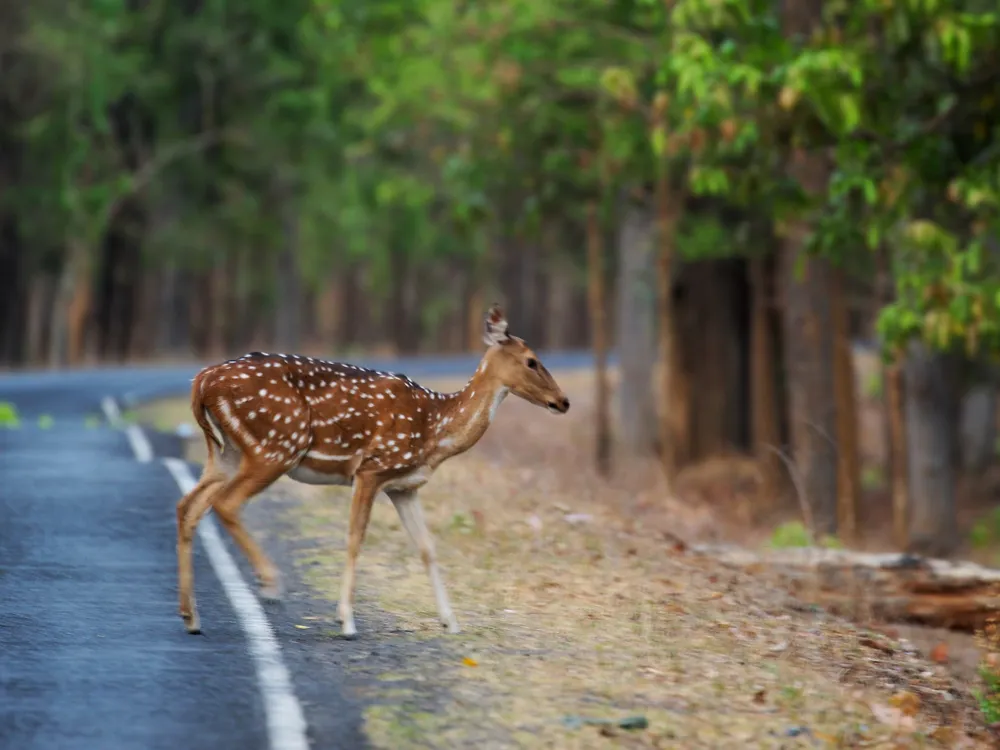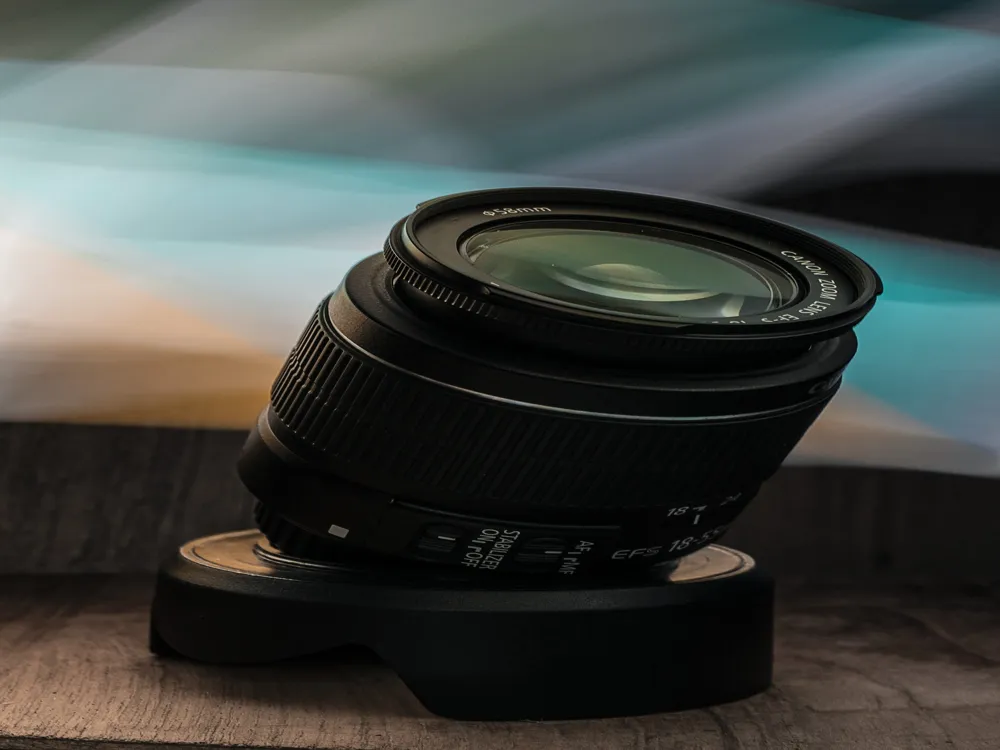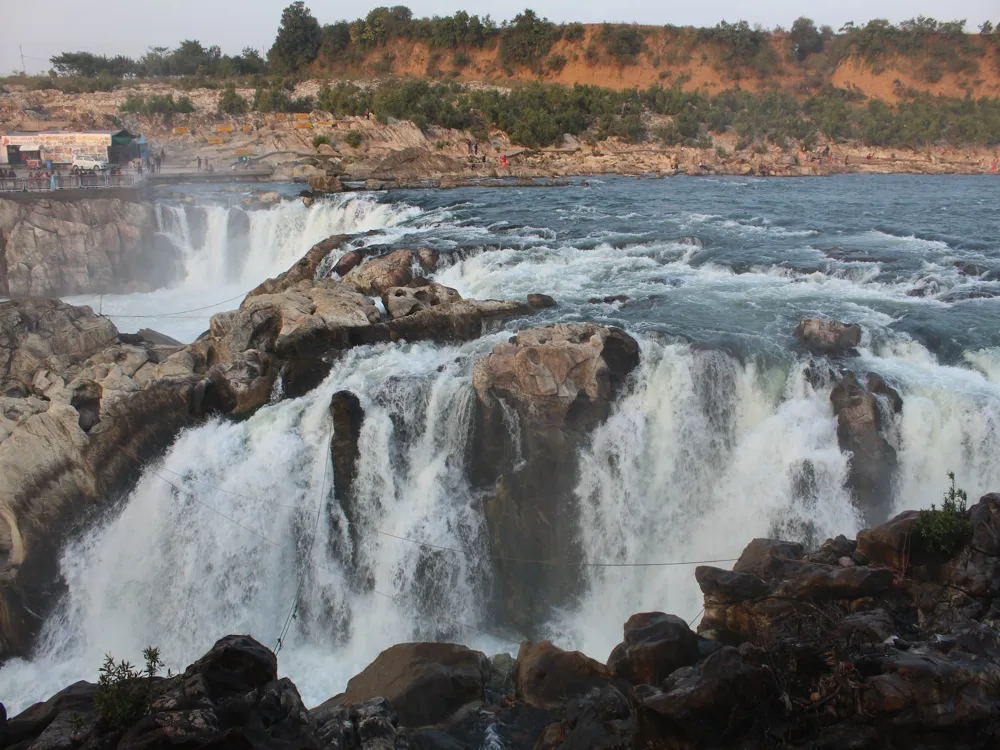Ram Jhula, an iconic suspension bridge in Nagpur, Maharashtra, stands as a marvel of engineering and a symbol of the city's modern development. Spanning across the picturesque Gandhi Sagar Lake, this bridge is not just a crucial connector between two bustling parts of Nagpur but also a popular spot for locals and tourists alike. Its strategic location and scenic beauty make it a focal point of the city's landscape. The history of Ram Jhula dates back to the early 2000s, reflecting the city's vision to ease traffic and promote connectivity. Since its inception, it has significantly reduced travel time between the North and South regions of Nagpur. The bridge's design is a testament to modern architecture, blending functionality with aesthetic appeal. Its imposing structure during the day turns into a mesmerizing spectacle at night, with illuminations that reflect beautifully on the lake's surface. Apart from its practical utility, Ram Jhula has become a cultural landmark. It hosts various events and festivals, becoming a gathering spot that encapsulates the spirit of Nagpur. The area around the bridge is a hub of activity, with street vendors, performers, and artists contributing to a lively atmosphere. This lively ambiance, combined with the panoramic views of the lake, offers a memorable experience to visitors. Moreover, Ram Jhula's location in Nagpur, a city famed for its rich history and cultural heritage, adds to its charm. Known as the Orange City, Nagpur is a blend of traditional values and modern outlook, and Ram Jhula perfectly embodies this fusion. It’s a place where one can witness the vibrant life of the city while enjoying a serene view of Gandhi Sagar Lake, making it a must-visit destination in Maharashtra. The architecture of Ram Jhula in Nagpur is a fine example of contemporary engineering blended with aesthetic brilliance. Designed as a suspension bridge, it features a unique cable-stayed structure that not only supports the massive weight of the bridge but also adds to its visual appeal. The design was conceptualized keeping in mind the heavy traffic flow, ensuring both durability and stability. The bridge spans a considerable length, making it one of the longest of its kind in the region. Its deck is wide enough to accommodate multiple lanes of traffic along with pedestrian walkways on either side. This inclusivity in design ensures that the bridge is accessible to everyone, from commuters to leisure walkers. Attention to detail is evident in every aspect of Ram Jhula's architecture. The towers supporting the cables are not just functional but are designed with an artistic touch, symbolizing the blend of technology and art. The use of modern materials and construction techniques further highlights the bridge's status as a symbol of Nagpur's development. At night, the bridge transforms into a luminous spectacle. The strategic lighting accentuates its architectural features, making it a visual treat and a popular spot for photography enthusiasts. The reflection of these lights on the Gandhi Sagar Lake creates a surreal ambiance, enhancing the overall beauty of the area. The architectural design of Ram Jhula does not overshadow its environmental aspects. Efforts were made to minimize the ecological impact during its construction, and the bridge today stands as an example of sustainable architecture. This thoughtful approach towards design and construction reflects the city's commitment to progress while being mindful of nature. The ideal time to visit Ram Jhula is during the cooler months of October to February. The weather is pleasant, making it perfect for enjoying the scenic beauty and outdoor activities in the surrounding areas. Ram Jhula is well-connected by road. Visitors can opt for public transport like buses and auto-rickshaws or use private vehicles. Parking spaces are available near the bridge, but it’s advisable to arrive early during peak hours to secure a spot. While Ram Jhula is safe for visitors, it's important to follow basic safety protocols. Be mindful of traffic when crossing the bridge and adhere to the designated pedestrian areas for a safe experience. For photography enthusiasts, early morning and late evening are the best times to capture the bridge's beauty. The play of light and shadows, along with the lake's serene backdrop, offers excellent photo opportunities. Besides Ram Jhula, visitors can explore nearby attractions like Gandhi Sagar Lake, Raman Science Centre, and various temples and gardens that add to the cultural richness of Nagpur. Reaching Ram Jhula in Nagpur is convenient due to its central location and connectivity. For those travelling by air, Dr. Babasaheb Ambedkar International Airport is the nearest, from where one can hire taxis or use public transport to reach the bridge. For train travellers, Nagpur Railway Station is well-connected to major cities, and from there, Ram Jhula is just a short drive away. Local buses and auto-rickshaws are readily available for intra-city travel, making Ram Jhula easily accessible from any part of Nagpur. Read More:Overview of Ram Jhula in Nagpur, Maharashtra
Architecture of Ram Jhula
Tips When Visiting Ram Jhula
Best Time to Visit
Transport and Parking
Safety Measures
Photography Tips
Nearby Attractions
How To Reach Ram Jhula
Ram Jhula
Nagpur
Maharashtra Goa
NaN onwards
View nagpur Packages
Nagpur Travel Packages
View All Packages For Nagpur
Top Hotel Collections for Nagpur

Private Pool

Luxury Hotels

5-Star Hotels

Pet Friendly
Top Hotels Near Nagpur
Other Top Ranking Places In Nagpur
View All Places To Visit In nagpur
View nagpur Packages
Nagpur Travel Packages
View All Packages For Nagpur
Top Hotel Collections for Nagpur

Private Pool

Luxury Hotels

5-Star Hotels

Pet Friendly













